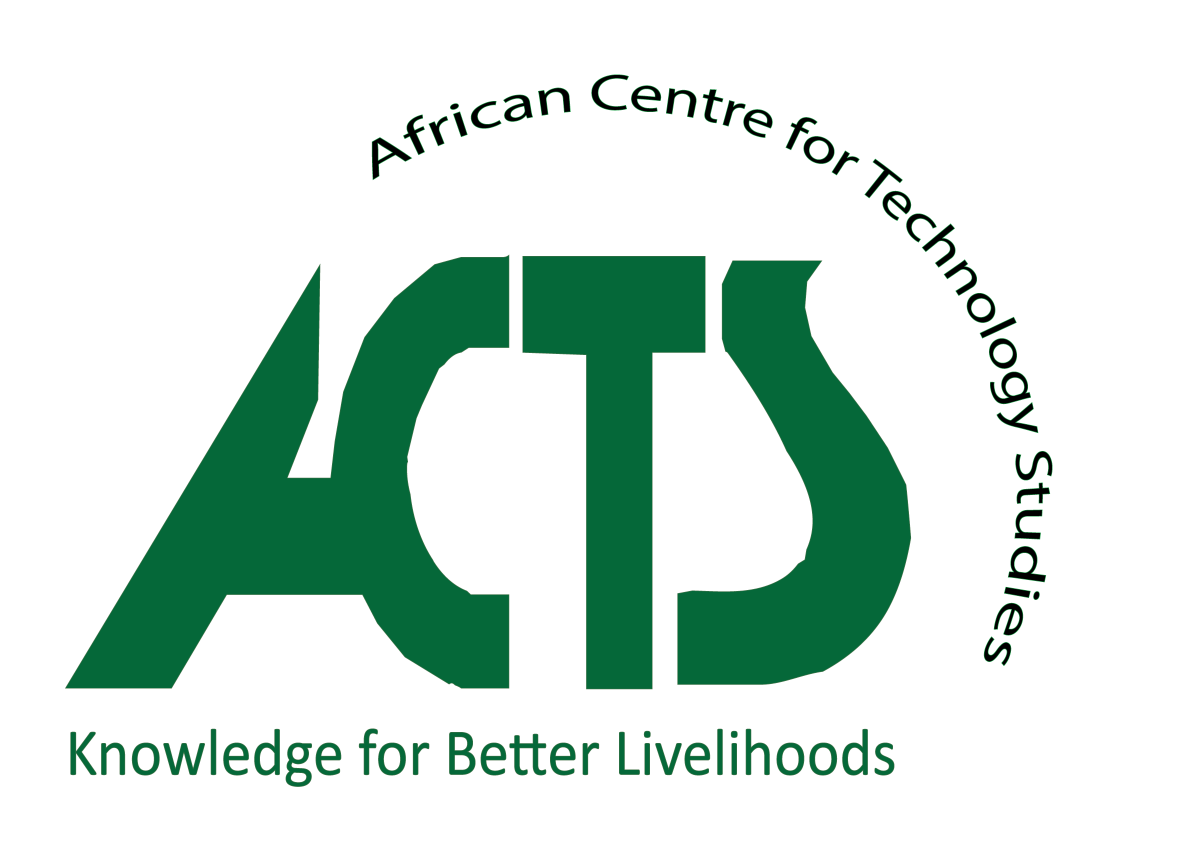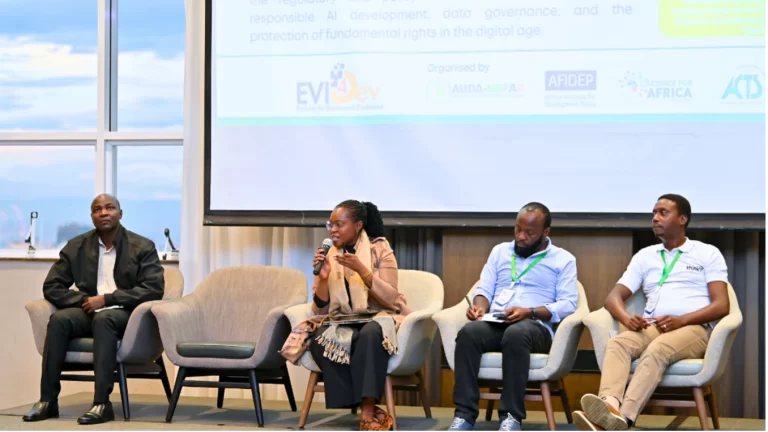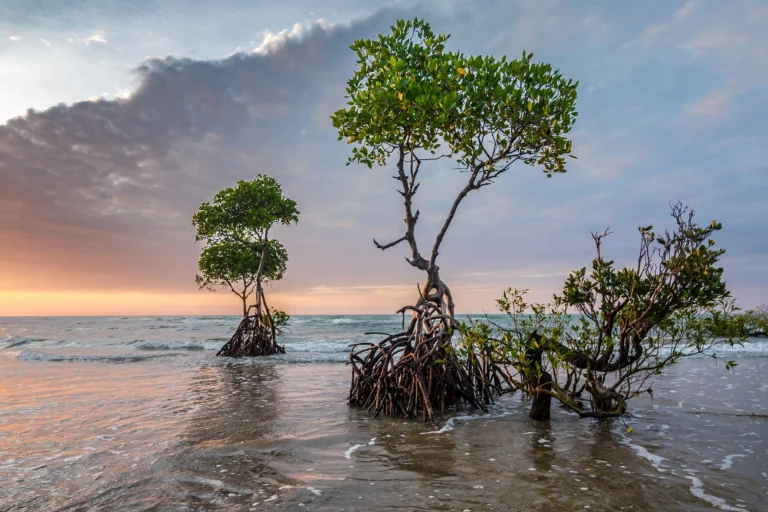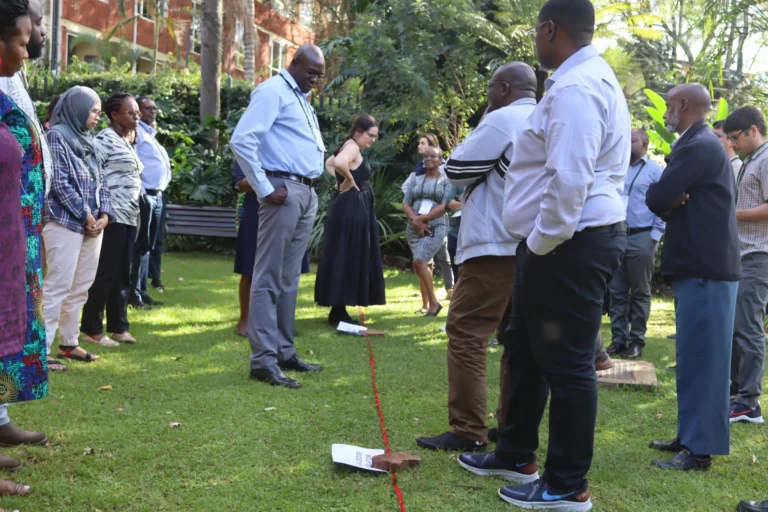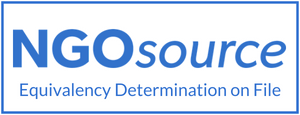By Monroe Dikiny, Victor Omondi & Benard Simiyu
Introduction
Lake Victoria is ranked the second largest freshwater lake globally, in terms of surface area (68,800 Km2) and the largest in Africa with a basin area of approximately 195,000 square km. It is shared among three East African countries, i.e., Kenya (6%), Uganda (43%), and Tanzania (51%), with the basin extending to Rwanda and Burundi. The lake is a source of livelihood for over 40 million inhabitants in terms of food provision, water source, ecotourism, and transport among other activities. It is estimated that over 3 million people are employed in fisheries-related activities, generating around US$ 1.1 billion in 2021 to the East African Community (EAC) (LVFO, 2022). The lake is home to some of the most commercially valuable and nutrient-rich fish species including Nile Tilapia (Oreochromis niloticus), Nile Perch (Lates niloticus), Silver Cyprinid (Rastrineobola argentea), and Haplochromine spp.
In the last few decades, Lake Victoria has shown drastic changes in terms of water quality resulting from its open-access nature which has led to overfishing, illegal, unreported, unregulated fishing, eutrophication, and the introduction of invasive species (Muthoka et al., 2024). Consequently, these problems have negatively impacted the fisheries ecosystem of the lake with a notable decline in fish stock and extinction of some native fish species (Outa et al., 2020). Overfishing and overexploitation of the fishery arise from the ever-increasing population in the riparian zones, who rely on the resource for livelihood, indicating the need for alternative livelihood options to ease the pressure on the lake. Pollution is also one of the major problems faced in L. Victoria. From point to non-point source, pollutants in the form of effluents are discharged into the lake deteriorating the water quality and over-enriching the water with nutrients leading to eutrophication. This has led to frequent occurrence of water hyacinth and harmful algal blooms that have been blamed for fish kills in Winum Gulf of Lake Victoria.
Potential Interventions
i. Climate-Smart Aquaculture (CSA) for Sustainable Fisheries
The production of food relies on the accessibility of essential resources such as land, freshwater, fossil fuels, and nutrients. Nevertheless, the current pace of resource consumption and degradation exceeds their ability to regenerate naturally. Aquaculture has the potential to supplement declining wild fish stocks and provide alternative livelihoods for local communities. Aquaculture farms are particularly at risk and are vulnerable to climate change because the animals are consistently exposed to fluctuating temperatures within enclosed environments. These farming activities occur in different setups, including ponds, tanks and cages, and across diverse habitats such as freshwater, brackish/coastal waters, and inland saline areas, to satisfy the increasing demand for protein from the growing population. CSA is a sustainable approach that enhances productivity while minimizing environmental impact. It focuses on resilient fish farming, integrated systems and sustainable feed production solutions.
In aquaculture, the concept of ‘resilience strategy’ encompasses the actions undertaken by farmers and stakeholders to cope with the negative impacts of climate change in their operations. Various approaches, such as shrimp farming, crab fattening, biofloc fish culture, recirculating aquaculture systems (RAS), Integrated Multi-Trophic Aquaculture (IMTA), cage culture (Figure 1), mono-sex tilapia farming, and incorporating natural air-breathing fish into climate-smart aquaculture, along with other adaptations, can be implemented within the industry. In Lake Victoria, resilient fish farming could involve breeding species like O. niloticus and C. gariepinus in pond and cage enclosures to reduce over-reliance on the dwindling wild fish stocks.
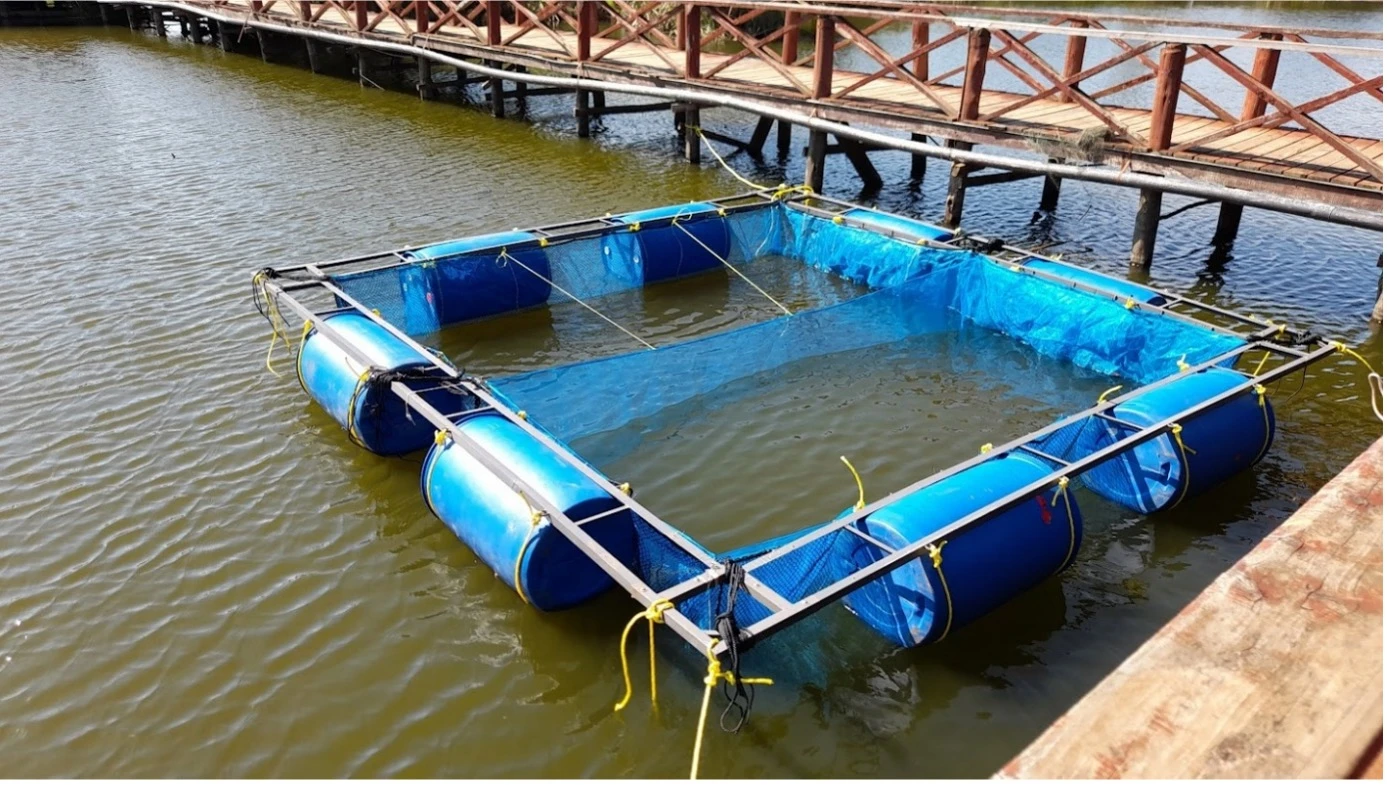
Figure 1: A model fish cage set up in Lake Kanyaboli, Siaya County
ii. Cage Fish Farming in Lake Victoria
Cage fish farming in the Kenyan waters of Lake Victoria has experienced substantial growth since the Lake Basin Development Authority introduced it in 1988, with commercial adoption increasing following successful trials at Dunga Beach, Kisumu, in 2013. The industry predominantly cultures Nile tilapia (O. niloticus), which makes up 75% of Kenya’s aquaculture production, followed by African catfish (C. gariepinus) (Orina et al., 2018). Currently, over 5,000 cages operate in five riparian counties namely Migori, Siaya, Homa Bay, Busia, and Kisumu, with Siaya having the highest number of cages (Munguti et al., 2023. This sector serves as an important socio-economic driver, accounting for 0.7% of Kenya’s GDP in 2022 and providing livelihoods to over 1.5 million people through job creation and food security. However, the rapid expansion of the industry has led to environmental drawbacks, including nutrient pollution, the risk of disease transmission to wild fish, and conflicts with other lake users, raising concerns about sustainability.
Fish mortality rates in cage systems also present a significant challenge, leading to substantial economic losses. Key causes include:
- Upwelling: Seasonal upwelling (in May, June, September, and October) brings oxygen-deficient, cold water to the surface, resulting in mass mortalities in shallow areas (6–10 meters) where many cages are situated, particularly impacting Kisumu and Busia counties.
- Poor Water Quality: Excess uneaten feed and fish waste elevate nitrogen and phosphorus levels, triggering eutrophication and oxygen depletion. This creates an environment conducive to bacterial and fungal infections, manifesting as symptoms like fin rot and cloudy eyes.
- Diseases and Parasites: Increased farming intensifies biosecurity risks. While Tilapia Lake Virus (TiLV) has been detected asymptomatically in Kenya, other pathogens like Streptococcus iniae, fish louse (Argulus spp.), and white spot disease (Ichthyophthirius multifiliis) are common, exacerbated by poor farming practices such as using low-quality feeds and untreated water.
- Pollution: Runoff from urban, industrial, and agricultural sources introduces harmful substances (such as arsenic, cadmium, chromium, copper, and lead), deterioration the lake’s water quality and further stressing caged fish.
These factors have resulted in losses totaling millions of shillings, highlighting the urgent need for improved site selection and management practices informed by evidence based and data driven research.
Cage Fish Farming Guidelines
In 2019, the Kenya Marine and Fisheries Research Institute (KMFRI) published a suitability report for cage fish farming at its Kisumu Station, with updates released in 2024. The report indicates that only 362 km² (9%) of the 4,100 km² Kenyan section of Lake Victoria is suitable for tilapia cage culture, supporting a carrying capacity of 4,085.5 tonnes per cycle. Suitable areas are primarily in deeper waters (over 10 meters) with optimal wave action to mitigate the risks associated with upwelling. Conversely, a significant 91% of the lake (3,737 km²) is deemed unsuitable due to factors such as water hyacinth, critical fish breeding grounds, and navigation routes, with regions like Anyanga, Sika, Uyawi, Asat, and Dunga housing 54% of cages in high-risk zones. KMFRI recommends locating cages in deeper water, monitoring water quality (especially oxygen levels), and steering clear of breeding grounds. Farmers are also encouraged to use high-quality feeds, observe proper stocking densities (60–250 fingerlings per cubic meter), and invest in cold storage solutions for emergencies and proper post-harvest handling. The report emphasizes the importance of stakeholder collaboration, zoning enforcement, and biosecurity measures to reduce environmental impacts, supported by a 2024 suitability map that further refines site selection based on depth, water quality, and accessibility.
iii. Aquaponics
Combining fish farming with crop production (aquaponics) can also maximize resource use while reducing waste. Aquaponics is a food production method that integrates growing fish and planting crops in water in a symbiotic environment – recycling waste water rich in nutrients from the fish pond or tank to water crops and then back to the pond or tank as illustrated in Figure 2. Aquaponics, which was once primarily a backyard technique, is now quickly expanding into industrial-scale production as design and practice advancements enable much higher output capacities, production efficiencies, and resource recovery in a circular economic manner. This method presents a sustainable alternative to traditional pond/tank farming. In this integrated system, fish waste serves as fertilizer for plants, while the plants filter and purify the water for the fish, creating a closed-loop environment. This method offers several benefits: it enhances sustainability by reducing nutrient discharge, thereby mitigating eutrophication and protecting Lake Victoria’s ecosystem; it improves biosecurity by minimizing disease risks and the potential spread of pathogens to wild fish stocks; and it is land-based, eliminating conflicts over lake resources and issues related to upwelling, making it suitable for peri-urban areas like Kisumu. Additionally, aquaponics is economically viable as it produces both fish and crops, such as vegetables, thereby diversifying income sources for smallholder farmers and improving food security through dual outputs that enhance nutrition.
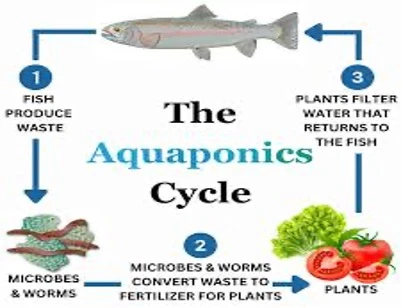
Figure 2: The Aquaponics Cycle
iv. Preventing post-harvest losses by adopting new technology
Fish post-harvest losses (FPHLs) in Sub-Saharan Africa are higher compared to other regions globally, with the majority occurring during production (39%), handling (36%), distribution (13%), processing (7%), and consumption (5%) (Abelti, 2024). Reducing post-harvest losses is essential to maximizing the benefits of sustainable practices for Lake Victoria’s blue economy. Adopting technological solutions such as solar-powered cold storage, raised drying racks, and perforated plastic containers is important for reducing post-harvest fish losses at Lake Victoria. Cold storage facilities can preserve fresh fish, extending shelf life and maintaining value. This is estimated to increase fisher incomes by over 20% as a result of reduced post-harvest losses. Raised drying racks accelerate drying processes, minimize contamination, and are cost-effective, especially for small-scale fishers. Perforated plastic containers enhance hygiene and reduce damage during transport. Digital platforms, including mobile applications, facilitate direct connections between fishers and buyers, reducing delays and ensuring quicker sales. These locally adaptable, affordable technologies collectively help support the livelihood of the community and promote sustainable use of lake resources, fostering regional resilience and economic stability.
Conclusion
Cage fish farming in Lake Victoria is essential for local economies but is challenged by issues such as fish kills from upwelling, pollution, and disease. Although KMFRI’s suitability report provides valuable guidelines for sustainable practices, implementation and regulation efforts remain ineffective, and environmental impacts continue to escalate. Aquaponics presents a promising land-based alternative that could mitigate these challenges by integrating fish farming with hydroponic plant cultivation, thereby improving sustainability and food security. However, its success will require significant investment and training for farmers. By adopting successful marine practices such as zoning and planning, IMTA, enhanced biosecurity measures, RAS, feed formulation innovation, and strengthened collaborations among stakeholders we can effectively address existing gaps in Lake Victoria’s aquaculture. This holistic approach is vital for ensuring sustainable practices while protecting the lake’s delicate ecosystem, thereby securing livelihoods for millions who depend on its resources.
References
- Abelti, A. L., & Teka, T. A. (2024). Intervening fish post‐harvest losses to narrow the gap between demand and supply: A review on magnitude of fish post‐harvest losses in some Sub‐Saharan African countries. Aquaculture, Fish and Fisheries, 4(2), e168.
- Aura, C. M., Akinyi Obuya, J., Ombwa, V., Musa, S., Mziri, V., Osore, M., & May, L. (2024). Assessing cage fish farming practices in Lake Victoria, Kenya, for sustainable lake utilization and community well-being. Kenya Aquatica Journal, 9(1), 17-26.
- Lennard, W., & Goddek, S. (2019). Aquaponics: the basics. Aquaponics food production systems, 113.
- LVFO. (2022). Regional catch assessment survey report for Lake Victoria. Jinja, Uganda.
- McKay, R. M., Manyala, J. O., Nunan, F., Nyamweya, C., Awuor, F. J., & Njiru, J. (2024). Introduction to the special section: Aquatic resources for a sustainable future and blue economy prosperity for the African Great Lakes region. Journal of Great Lakes Research, 50(5), 102413.
- Munguti, J. M., Obiero, K. O., Iteba, J. O., Kirimi, J. G., Kyule, D. N., Orina, P. S., … & Tanga, C. M. (2023). Role of multilateral development organizations, public and private investments in aquaculture subsector in Kenya. Frontiers in Sustainable Food Systems, 7, 1208918.
- Muthoka, M., Ogello, E. O., Outa, N. O., Ouko, K. O., Obiero, K. O., Mboya, J. B., & Mukaburu, B. O. (2024). Threats to aquatic biodiversity and possible management strategies in Lake Victoria. Aquaculture, Fish and Fisheries, 4(1). https://doi.org/10.1002/aff2.143
- Nyamweya, C., Lawrence, T. J., Ajode, M. Z., Smith, S., Achieng, A. O., Barasa, J. E., Masese, F. O., Taabu-Munyaho, A., Mahongo, S., Kayanda, R., Rukunya, E., Kisaka, L., Manyala, J., Medard, M., Otoung, S., Mrosso, H., Sekadende, B., Walakira, J., Mbabazi, S., & Nkalubo, W. (2023). Lake Victoria: Overview of research needs and the way forward. Journal of Great Lakes Research, 49(6). https://doi.org/10.1016/j.jglr.2023.06.009
- Ogembo, V., Thiery, W., Pietroiusti, R., Akurut, M., Vanderkelen, I., & Akinyi, G. (2025). Hydroclimatic Modeling of Lake Victoria: Development of an Inland Lakes Integrated Water Balance Model with Future Climatic Risk Projections (No. EGU25-600). Copernicus Meetings.
- Onada, O. A. (2016). Climate smart aquaculture: A sustainable approach to increasing fish production in the face of climate change in Nigeria. International Journal of Aquaculture and Fishery Sciences. https://doi.org/10.17352/2455-8400.000013
- Orina, P. S., Ogello, E., Kembenya, E., Githukia, C., Musa, S., Ombwa, V., … & Okechi, J. K. (2018). State of cage culture in Lake Victoria, Kenya.
- Outa, N. O., Yongo, E. O., Keyombe, J. L. A., Ogello, E. O., & Namwaya Wanjala, D. (2020). A review on the status of some major fish species in Lake Victoria and possible conservation strategies. In Lakes and Reservoirs: Science, Policy and Management for Sustainable Use (Vol. 25, Issue 1). https://doi.org/10.1111/lre.12299
- UNDP. (2022). Poverty-environment action for sustainable development goals: A toolkit for policymakers and investors in climate-smart aquaculture.
- https://www.kmfri.go.ke/index.php/component/sppagebuilder/page/100
- https://www.mdpi.com/2079-9276/7/4/61
